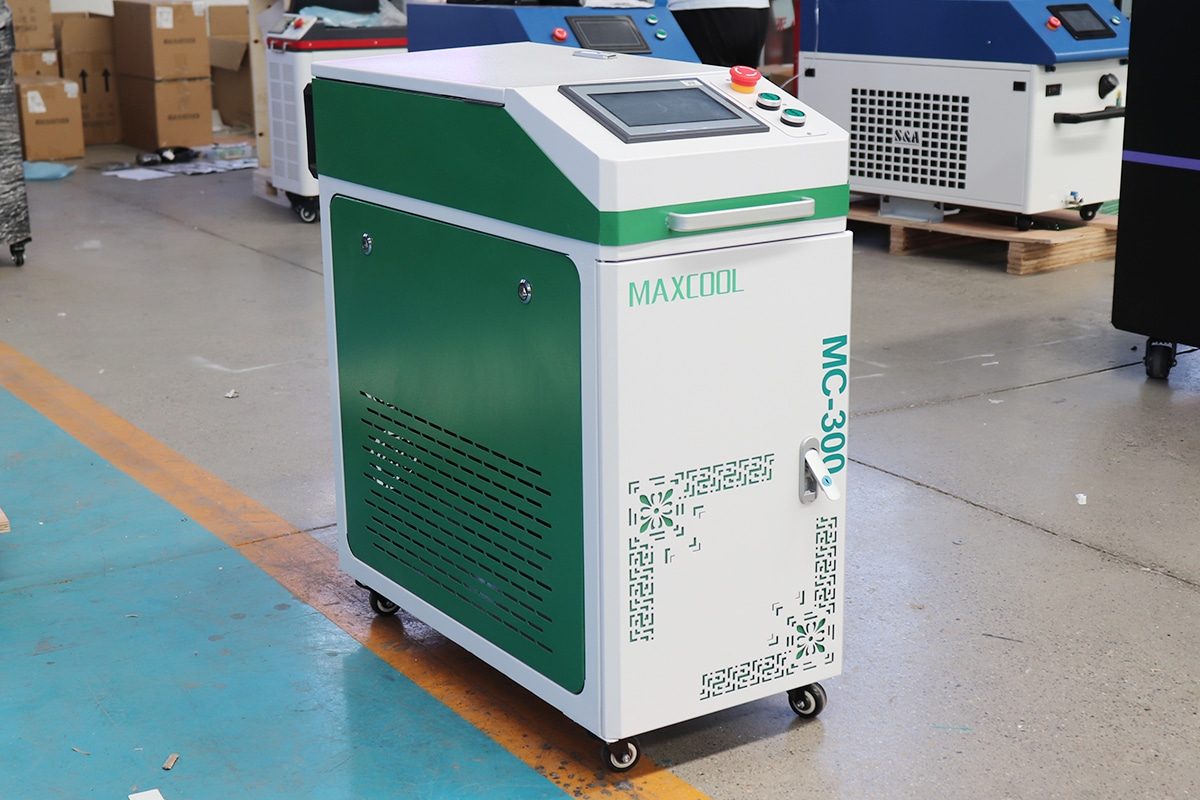Pulsed laser cleaning machine is a non-contact, non-abrasive surface treatment technique that uses high-intensity laser pulses to remove contaminants, coatings, or surface oxides from a wide range of materials. Unlike mechanical or chemical cleaning processes, pulsed laser systems achieve this by delivering concentrated bursts of energy that interact with the unwanted layer, causing it to disintegrate or detach from the substrate. This article brings you more information about pulse laser cleaning machine.

How does a pulse laser cleaning machine work?
The fundamental working principle is based on selective absorption. Contaminants, such as rust, paint, oil, or oxide films, often have different optical and thermal properties than the base material. When exposed to a laser beam, these contaminants absorb the laser energy more efficiently than the underlying substrate. This differential absorption causes localized heating, rapid thermal expansion, shockwave generation, and, in some cases, photochemical reactions that lift or vaporize the unwanted material.
Unlike continuous wave (CW) lasers that emit a steady beam, pulsed lasers emit short bursts of high-peak-power energy at specific intervals. These pulses can range from nanoseconds (10⁻⁹ s) to femtoseconds (10⁻¹⁵ s), allowing for extremely precise energy delivery. The high peak power of each pulse enables effective material removal while limiting the overall heat input, minimizing the risk of thermal damage or deformation to the substrate.
Key Parameters in Pulsed Laser Cleaning
Pulse Duration: Shorter pulses (e.g., picosecond or femtosecond) reduce heat diffusion into the substrate, making them ideal for applications requiring high precision or involving heat-sensitive materials.
Pulse Energy: Determines how much energy is delivered in each pulse. Higher pulse energies can remove thicker or tougher contaminants, but must be carefully managed to avoid substrate damage.
Repetition Rate: The number of pulses per second (Hz or kHz). Higher repetition rates allow faster cleaning but increase average thermal load.
Wavelength: The laser wavelength influences how energy is absorbed by different contaminants and materials. Common wavelengths include 1064 nm (Nd:YAG), 532 nm (frequency-doubled Nd:YAG), and 10.6 μm (CO2 lasers).
Spot Size and Scanning Speed: The size of the laser beam on the surface and how fast it is scanned across an area control the energy density and coverage.
Types of Lasers Used
Fiber Lasers: Highly efficient, compact, and capable of high peak power, making them ideal for industrial use.
Nd:YAG Lasers: Well-established in pulsed laser cleaning, particularly effective at 1064 nm and 532 nm wavelengths.
CO2 Lasers: Typically used for organic materials and non-metals, though less common for metal cleaning due to their longer wavelength.
Mechanisms of Contaminant Removal
Pulsed laser cleaning removes contaminants through a combination of physical and photochemical mechanisms:
Photothermal Ablation: Rapid heating causes contaminants to vaporize or spall from the surface.
Photomechanical Effects: Rapid thermal expansion generates pressure waves or shock waves that detach contaminants.
Photochemical Reactions: High-energy photons break molecular bonds, particularly useful for organic or polymer-based contaminants.
Plasma Generation: Intense pulses can ionize surface materials, forming a plasma that helps break apart and eject surface layers.
Common Applications
Pulsed laser cleaning is used across diverse industries for tasks such as:
Rust and Oxide Removal: Effective in removing corrosion from metals without affecting the integrity of the base metal.
Paint Stripping: Especially in aerospace and automotive sectors, where precision is essential.
Degreasing: Removal of oils, lubricants, and other production residues before assembly or coating.
Surface Preparation: Improves adhesion for paints, adhesives, or welding.
Cultural Heritage Conservation: Cleans sculptures, monuments, and artifacts without mechanical abrasion or chemicals.
Electronics and Semiconductors: Cleans delicate parts without static discharge or damage.
Pulsed laser cleaning has proven to be a versatile, high-precision solution, suitable for everything from heavy-duty industrial cleaning to the delicate restoration of historical objects. However, successful implementation requires a deep understanding of both laser physics and material properties to fine-tune the system for each specific application.
Comments on “Understanding Pulsed Laser Cleaning Machine”